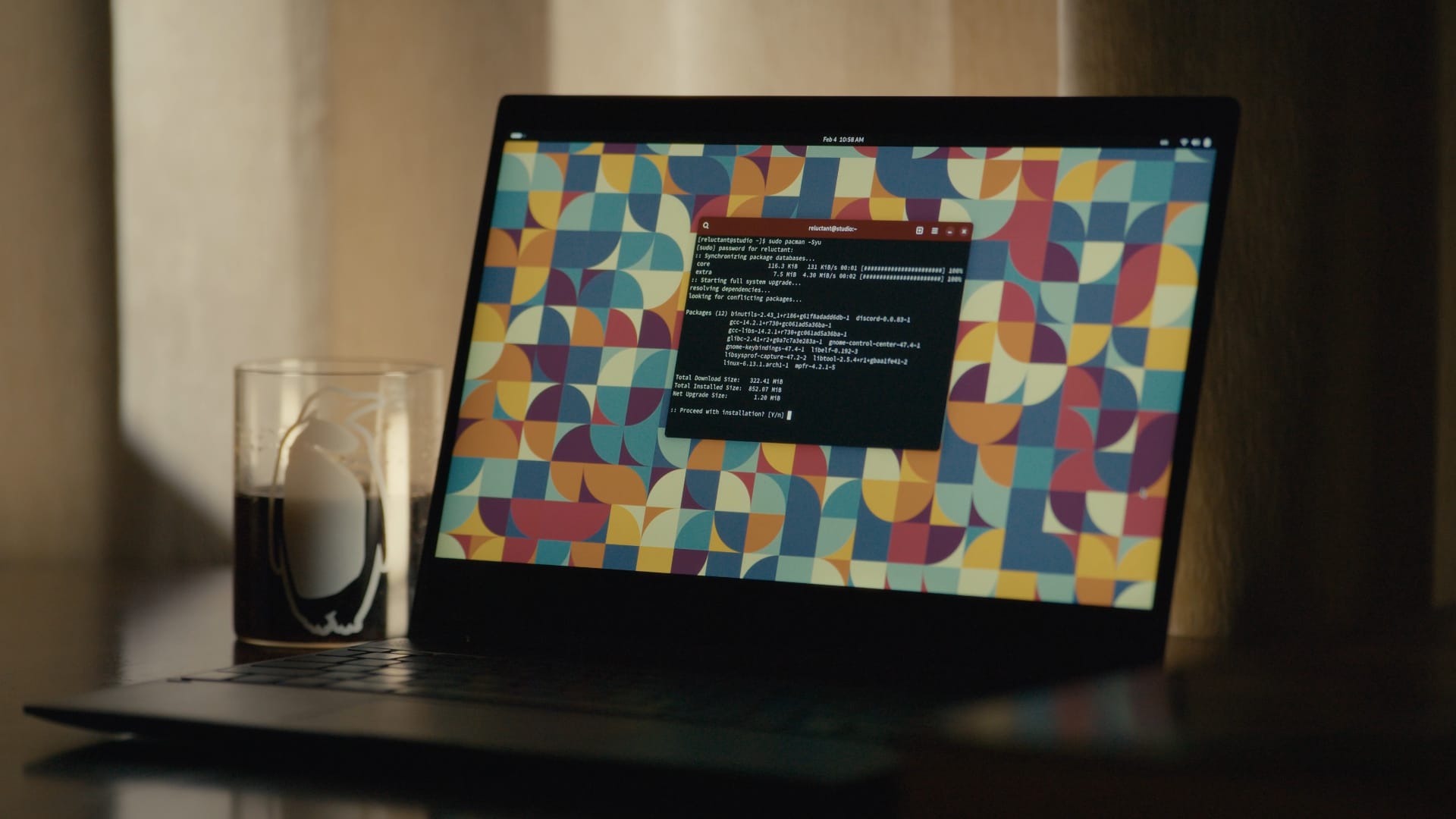Early in the morning in a European city, I awoke and wondered for a moment where I was. The room was totally black apart from a small glow from the face of my Casio Lineage watch lying on the bedside table. The luminous dial had absorbed sunlight during the day and was now giving off gentle light in the night; enough brightness to read the time.
Infrastructureless #1: sunlight + chemistry = glow in the dark.
The watch had also absorbed sunlight through its face during the day to recharge its battery. In all the time I've owned this watch I've never seen the battery drop below the what Casio calls HI (there are levels MID and LO but I'd only seen MID once when I took the watch from its original packaging)
Infrastructureless #2: sunlight + semiconductors = electrical power.
Clicking the top right button to illuminate the face further I could see the small LED display showing the local time in the European city (the main hands show my home time zone). And on the LED display a little black rectangle under RCVD indicated that somewhere in the night (it turned out at 02:04) the watch had picked up the signal from the DCF77 transmitter in Germany and set itself.
Infrastructureless #3: radio = correct time.
OK, DCF77 isn't totally without infrastructure, but one of the reasons I became a radio amateur is lack of infrastructure. Sure, you're able to read this because of the Internet but it's an incredibly complex system: layers and layers of technology and cooperating entities just so you can read this.
On the other hand, radio amateurs just send out electromagnetic waves and talk to each other, no intervening infrastructure (well, ok, maybe you can count the ionosphere as infrastructure allowing long distance reception). And that's what DCF77, and the other five transmitters the Casio can receive in the US, UK, China and Japan, are doing: sending waves into the night to be picked up and decoded by whoever is listening.
.png)







